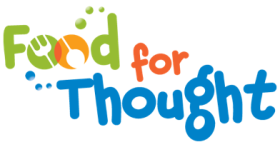
Can a cookbook save your life?
We need food to live, but are we making the best choices when it comes to nutrition? A healthy, well-balanced diet can help people achieve optimal health and reduce the risk of illness. In this project, students will learn to make healthier choices by diving deep into the world of nutrition. Students will use their creativity to design and test healthy recipes. They will think like dieticians, using data to improve on their delicious designs. Finally, they’ll present their nutritious dishes to a live audience and create a cookbook to sell for a charitable cause.
Imagine if thousands of students just like yours, all around the country, made small changes to improve their lifestyles. It could add up to an incredible force for good!
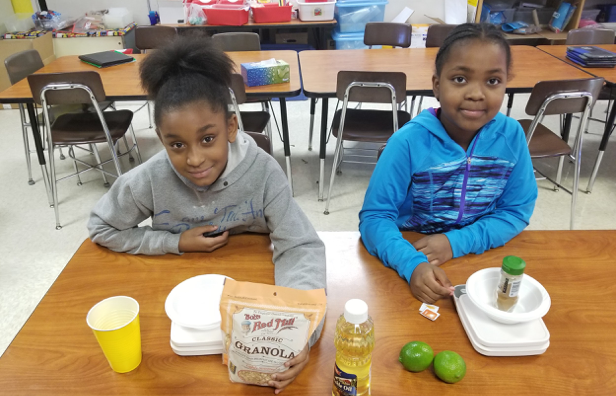
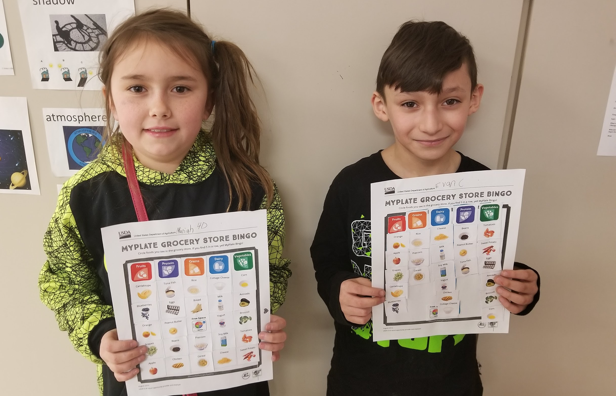
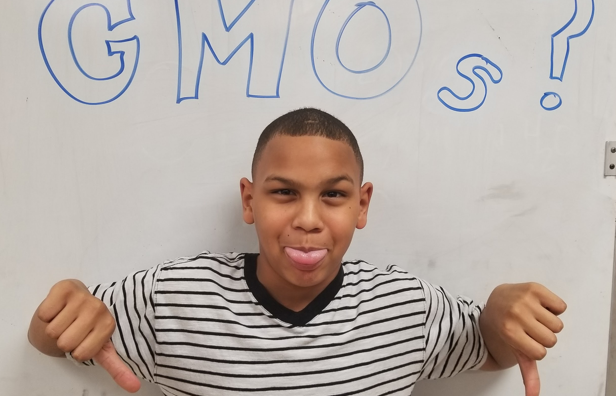
What’s included in your project?
Cross-Curricular Content
Every Blue Apple project provides suggested content correlations to Common Core State Standards, Next Generation Science Standards, and C3 Framework for Social Studies. A featured mini-lesson from each content area is highlighted below along with additional lesson ideas. Not teaching these standards? No problem! Check out the Food for Thought K-8 content correlation document for additional lesson ideas.

Math
- Equivalent Fractions
Lesson 1: Explain that fractions are equivalent by using visual fraction models while sharing the number of people who die from nutrition-related diseases. Use this principle to recognize and generate equivalent fractions. CCSS.MATH.CONTENT.4.NF.A.1
- Graphing
Lesson 2: Have students construct a bar graph of the healthy foods, based on how many stickers each one received. CCSS.MATH.CONTENT.4.MD.A.2
- Multiplication
Lesson 4: Have students use the nutrition label to determine how much total fat, total sodium, and/or total sugars are in a whole bag of chips. CCSS.MATH.CONTENT.4.NBT.B.5
- Measurement
Lesson 6: Teach students how to measure volume using measuring cups. CCSS.MATH.CONTENT.4.NF.B.4.A

English Language Arts
- Literature
Lesson 4: Read I Will Never Not Ever Eat a Tomato by Lauren Child and have students describe similar characteristics between Lola and real people who don’t follow the nutritional guidelines. CCSS.ELA-LITERACY.RL.4.3
- Writing Explanatory Texts
Lesson 5: Write recipes focusing on the conventions of informative/ explanatory texts and conveying ideas and information clearly. CCSS.ELA-LITERACY.W.4.2
- Publishing with Technology
Lesson 8: Once students have made final revisions to their recipe, have them publish their work in the class cookbook. CCSS.ELA-LITERACY.W.4.6
- Collaboration
All Lessons: Throughout the project, have students talk collaboratively about what things could be improved along the way. CCSS.ELA-LITERACY.SL.4.1
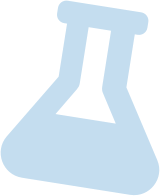
Science
- Data Analysis
Lesson 7: Students collect and analyze data to identify areas of weakness, and modify their recipes accordingly. NGSS 3-5-ETS1-3
- Sensory Information
Lesson 7: As students see, smell, and taste their culinary creations, explore how we receive sensory information, process it in our brains, and respond in different ways. NGSS 4-LS1-2
- Comparing Multiple Solutions
Lesson 8: By working iteratively (making several attempts at their recipe), students learn that design processes must be repeatedly refined. NGSS 3-5-ETS1-2
- Constraints
All Lessons: Throughout the project, discuss with students how they are making their food within constraints. They are mainly limited by their materials, the amount of time they have, and the need for excellent nutrition. NGSS 3-5-ETS1-1

Social Studies
- Comparisons with History
Lesson 1: Discuss how, throughout human history, it was hard to get enough energy from food (calories) to survive. Our bodies adapted to crave calories. However, in many cultures, overeating is now a bigger problem. NCSS D2.HIS.2.3-5
- Role of Science and Technology
Lesson 3: Students discuss and debate the role of science and technology in our lives as they explore the controversial topic of GMOs. NCSS D2.Civ.10.3-5
- Economic Interdependence
Lesson 4: Students examine food to determine if they can figure out where it came from. Consider placing pushpins on a map to help understand the global nature of our food supply. NCSS D2.ECO.15.3-5
- Group Decision-Making
All Lessons: Throughout this project, students discuss the social issues surrounding nutrition such as GMOs, obesity, and food advertising. NCSS D2.CIV.9.3-5

Social Emotional Learning
- Self-Awareness and Self-Management
Lesson 6: Conflicts can arise when students are asked to share equipment, such as cooking tools. Have students role-play these situations to learn how to monitor and manage their emotions when conflict arises.
Not teaching these standards?
No problem! Check out the Food for Thought K-8 content correlation document for additional lesson ideas.
Each Blue Apple Project Includes:
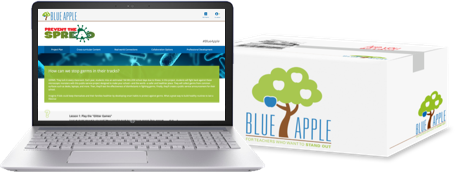
- Engaging lessons designed to make learning memorable, meaningful, and fun
- Curated online resources to save you time searching for content
- In-person, virtual, and hybrid options for all learning environments
- Cross-curricular mini-lessons in English-Language Arts, Math, Science, Social Studies, and Social-Emotional Learning
- Videos and contact info provided by real-world experts willing to meet with your students
- Opportunities to collaborate with other classrooms doing the same project
- Free project supplies to get you started right away

